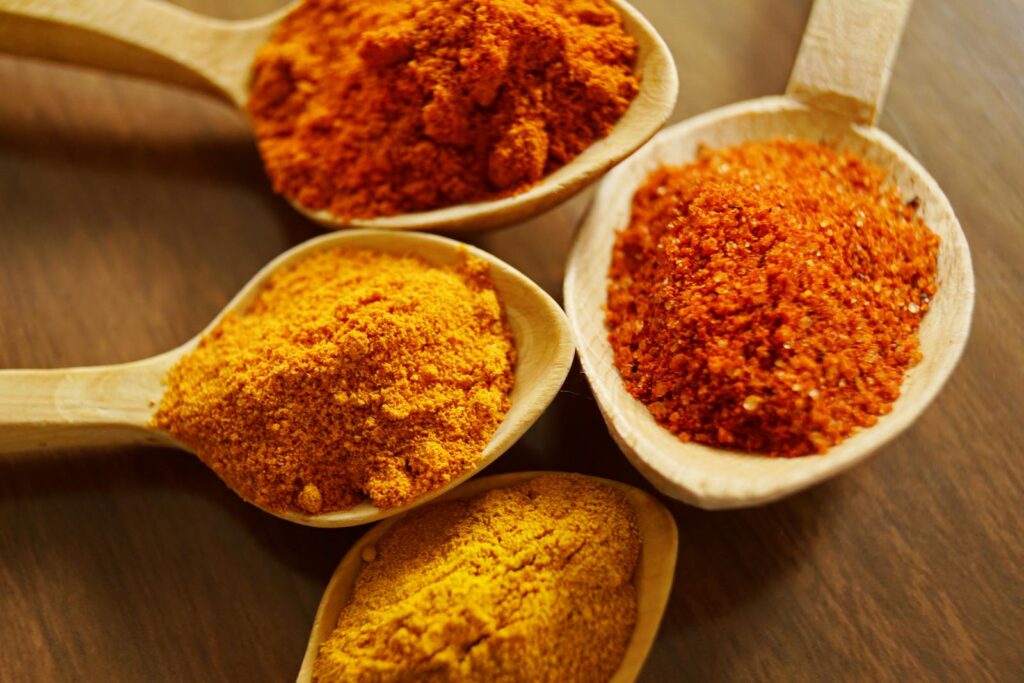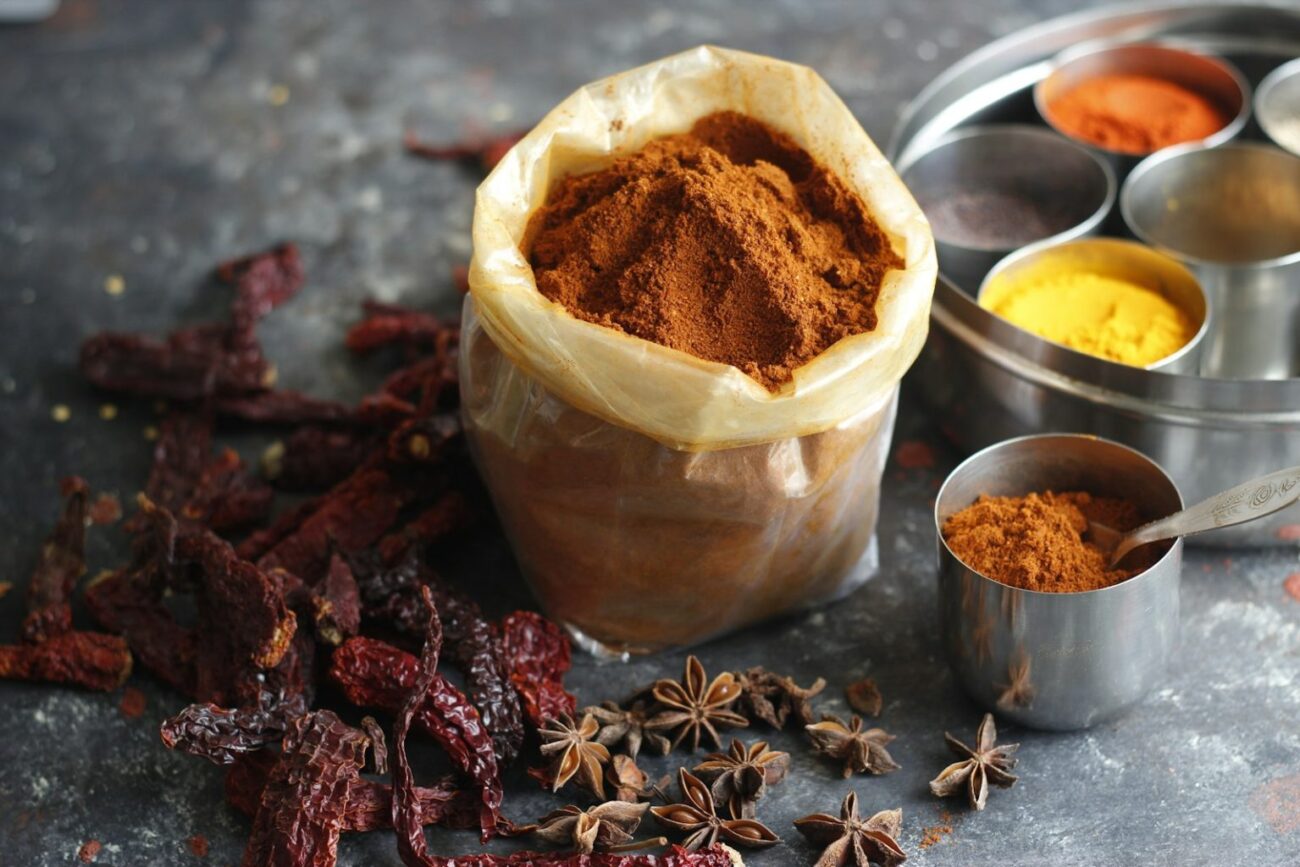Turmeric, often referred to as the “golden spice,” has been a cornerstone of traditional medicine and culinary traditions for thousands of years. Known for its vibrant color, earthy flavor, and potent health benefits, turmeric is more than just a spice—it’s a powerhouse of wellness. From reducing inflammation to boosting immunity, this ancient root has earned its place in modern kitchens and medicine cabinets alike.
In this blog post, we’ll explore the incredible benefits of turmeric and share creative ways to incorporate it into your diet.
What is Turmeric?
Turmeric comes from the root of the Curcuma longa plant, a member of the ginger family. It’s native to Southeast Asia and has been used for centuries in Ayurvedic and Chinese medicine. The active compound in turmeric, curcumin, is responsible for its bright yellow color and many of its health benefits. Curcumin is a powerful antioxidant and anti-inflammatory agent, making turmeric a true superfood.
Top Health Benefits of Turmeric
- Reduces Inflammation
Chronic inflammation is linked to many diseases, including heart disease, diabetes, and arthritis. Curcumin’s anti-inflammatory properties can help reduce inflammation at the molecular level, making turmeric a natural remedy for inflammatory conditions. - Boosts Immunity
Turmeric is rich in antioxidants, which help protect the body from free radicals and strengthen the immune system. Its antimicrobial properties also make it a great ally in fighting infections. - Supports Joint Health
For those suffering from joint pain or arthritis, turmeric can provide relief by reducing inflammation and stiffness. Regular consumption may improve mobility and comfort. - Promotes Digestive Health
Turmeric stimulates bile production, which aids in digestion and helps alleviate symptoms of bloating and gas. It’s also been used to soothe conditions like irritable bowel syndrome (IBS). - Improves Brain Function
Curcumin has been shown to cross the blood-brain barrier and may help improve memory and reduce the risk of neurodegenerative diseases like Alzheimer’s. - Supports Heart Health
Turmeric can improve the function of the endothelium (the lining of blood vessels), which helps regulate blood pressure and reduce the risk of heart disease. - Enhances Skin Health
With its anti-inflammatory and antioxidant properties, turmeric can help reduce acne, brighten skin, and even out skin tone. It’s a popular ingredient in DIY face masks and skincare routines.
How to Eat Turmeric: Delicious and Easy Ways
Turmeric is incredibly versatile and can be added to a variety of dishes. Here are some simple and delicious ways to enjoy it:
1. Golden Milk (Turmeric Latte)
Golden milk is a warm, comforting drink made with turmeric, milk (dairy or plant-based), and a touch of sweetener. Add a pinch of black pepper to enhance curcumin absorption.
Recipe:
- Heat 1 cup of milk in a saucepan.
- Add 1/2 teaspoon of turmeric, 1/4 teaspoon of cinnamon, a pinch of black pepper, and a teaspoon of honey or maple syrup.
- Whisk until combined and enjoy!
2. Turmeric Smoothies
Add a teaspoon of turmeric powder to your favorite smoothie for an antioxidant boost. Pair it with fruits like mango, pineapple, or banana for a tropical twist.
Recipe:
- Blend 1 cup of almond milk, 1/2 banana, 1/2 cup frozen mango, 1 teaspoon turmeric, and a pinch of black pepper.
3. Turmeric Rice
Elevate plain rice by adding turmeric for a vibrant color and subtle flavor. It’s a perfect side dish for curries or grilled vegetables.
Recipe:
- Cook rice as usual, then stir in 1/2 teaspoon of turmeric and a pinch of salt before serving.
4. Turmeric Roasted Vegetables
Toss your favorite vegetables (like cauliflower, carrots, or sweet potatoes) with olive oil, turmeric, salt, and pepper. Roast in the oven until tender and golden.
Recipe:
- Preheat the oven to 400°F (200°C).
- Toss 2 cups of chopped vegetables with 1 tablespoon olive oil, 1/2 teaspoon turmeric, salt, and pepper.
- Roast for 20-25 minutes.
5. Turmeric Tea
A simple and soothing way to enjoy turmeric is by brewing it into a tea. Add ginger and lemon for extra flavor and health benefits.
Recipe:
- Boil 1 cup of water and add 1/2 teaspoon of turmeric and a slice of fresh ginger.
- Steep for 5 minutes, strain, and add honey or lemon to taste.
6. Turmeric in Soups and Stews
Add a teaspoon of turmeric to soups, stews, or broths for extra flavor and a health boost. It pairs well with lentils, chicken, and vegetable-based soups.
7. Turmeric Eggs
Sprinkle turmeric into scrambled eggs or omelets for a colorful and nutritious breakfast.
Recipe:
- Whisk 2 eggs with a pinch of turmeric, salt, and pepper. Cook as usual.
Tips for Maximizing Turmeric’s Benefits
- Pair with Black Pepper: Black pepper contains piperine, a compound that enhances curcumin absorption by up to 2,000%. Always add a pinch of black pepper when using turmeric.
- Combine with Healthy Fats: Curcumin is fat-soluble, so consuming turmeric with healthy fats (like coconut oil, olive oil, or avocado) can improve absorption.
- Choose Quality Turmeric: Opt for organic turmeric powder or fresh turmeric root for the best quality and potency.

Turmeric is more than just a spice—it’s a natural remedy, a culinary delight, and a vibrant addition to your diet. Whether you’re sipping on golden milk, adding it to your favorite recipes, or experimenting with new dishes, turmeric offers a wealth of health benefits and endless possibilities in the kitchen. Start incorporating this golden spice into your meals today and experience its transformative effects on your health and well-being.
Have you tried turmeric? What’s your favorite way to enjoy it?
Share your thoughts and recipes in the comments below!
Disclaimer: This blog post is for informational purposes only and is not intended to diagnose, treat, or cure any medical condition. Always consult with a healthcare professional before making significant changes to your diet or health routine.

